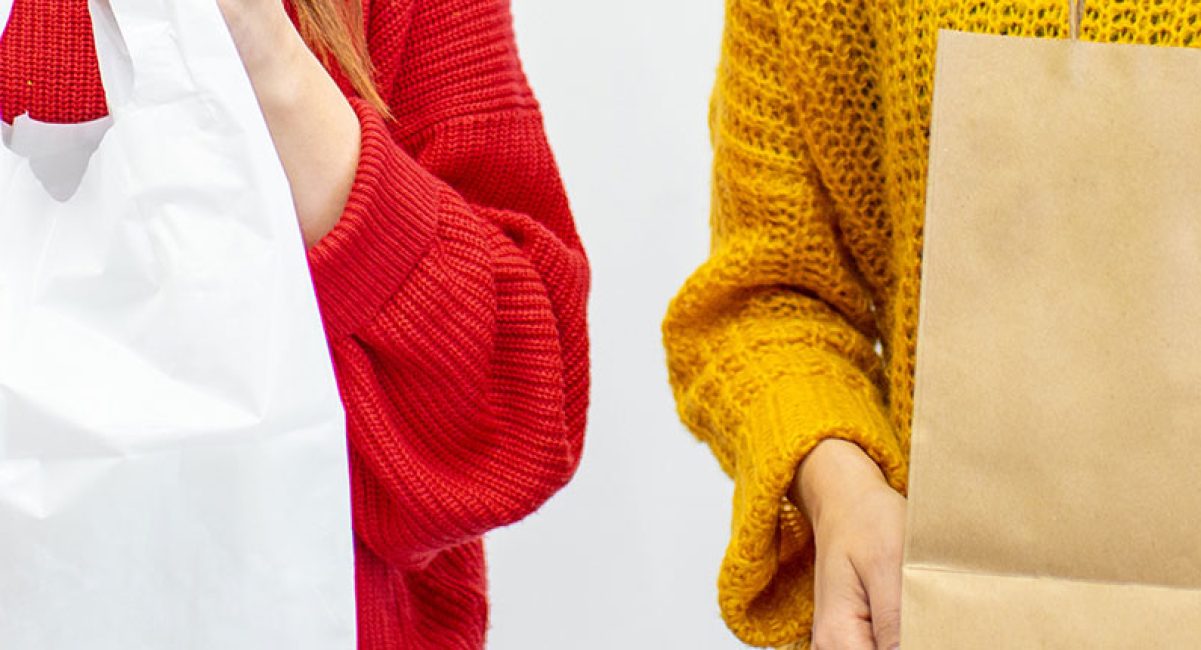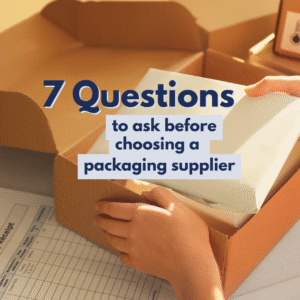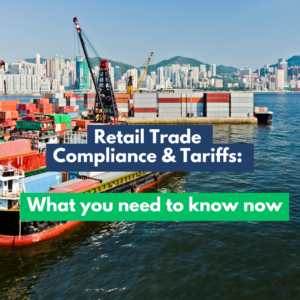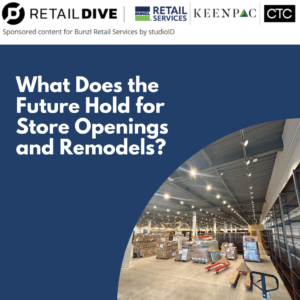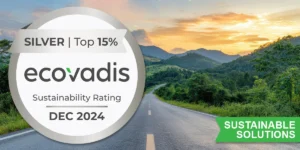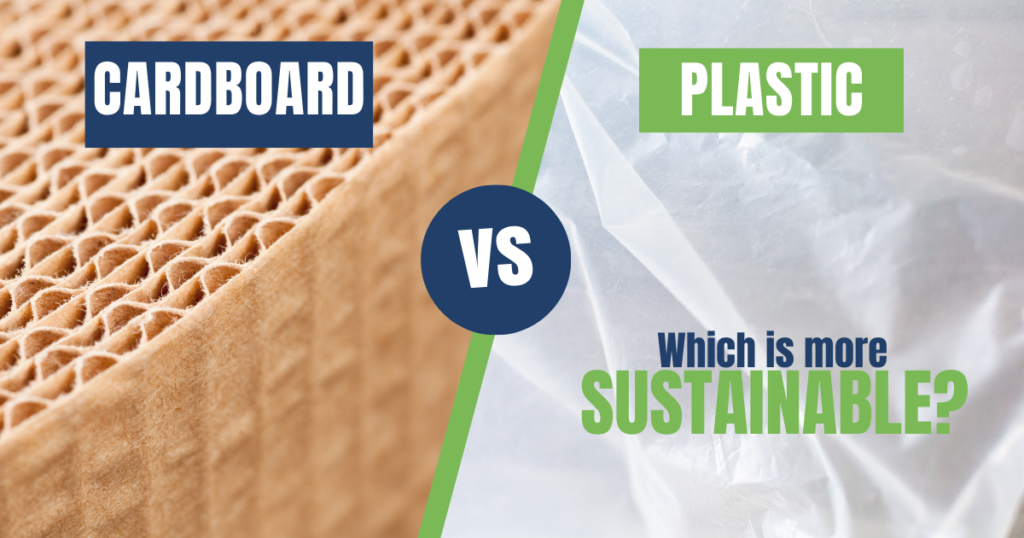
As the world strives to become more sustainable, the retail industry is faced with a complex choice when it comes to determining the least harmful packaging for the environment.
Over one-third of brands are making long-term sustainability goals, according to Forrester’s research, and 53% of brands say improving sustainability is a top priority this year. This includes using more sustainable packaging and creating products that align with company values.
So, the big question is, which packaging is more sustainable: cardboard or plastic? There are many different considerations to take into account and unfortunately, the answer isn’t so simple.
Both cardboard and plastic have advantages and disadvantages for the environment. Both can be made from recycled materials and recycled and reused after use. Below we break down the pros and cons for each when it comes to sustainable packaging choices:
Corrugated Cardboard Sustainability
2020 recorded the highest use of corrugated cardboard ever, with around 80% of all products sold in the US packaged in cardboard. Over 120 billion pieces were used in 2020 and cardboard accounts for 42% of all solid waste generated by the U.S. annually.1
Pros of Corrugated Cardboard for Sustainability
Corrugated cardboard, or fiberboard, is one of the most successful and sustainable packaging materials of all time. It is recycled more than any other packaging material.
In 2020, Brilliant.org noted that about 97% of all expendable corrugated packaging is recovered for recycling. It’s also noteworthy that most (but not all), cardboard is sourced from renewable wood pulp.
One of the most important factors, however, is that cardboard decomposes much faster than plastic. Cardboard has an estimated breakdown time of just about two months, given the right conditions. Plastic, by contrast, is estimated to take roughly 400-1,000 years to break down.
Cons of Corrugated Cardboard for the Environment
The production process for cardboard utilizes large amounts of water and energy. Paper products take substantial amounts of energy to make, making paper and cardboard the third-largest industry use of energy on the planet.
Paper is estimated to use about 3x more energy to produce than plastic, according to CommonObjective.co. Corrugate is also heavier to transport than plastic, with the standard corrugated box weighting 0.7 pounds, compared to .05 pounds for a bubble mailer, according to PAC Worldwide. This can result in higher vehicle emissions and fuel costs.
If corrugate is printed with heavy ink or waxes, its sustainability is greatly reduced. So it’s important for retailers to work with corrugate that doesn’t include any heavy ink or wax so the materials can be recycled.
Plastic Packaging
The EPA estimated 14.5 million tons of plastic containers and packaging were generated in 2018, approximately 5.0 percent of municipal solid waste (MSW) generation.
It’s estimated that Amazon generated almost 500 million pounds of plastic packaging in 2019, and a report by Oceana estimated that the amount of their air pillow mailers alone could circle the Earth 500 times.
Given these numbers, the retail industry has come to realize that change is necessary. But does plastic packaging have any perks?
Pros of Plastics Packaging for Sustainability
When looking outside the realm of single-use, plastic can have some sustainable advantages. First, plastic’s durability lends itself to the potential of being reused long-term. But whether or not it gets reused is an important factor in determining its sustainability.
“Contrary to popular belief, the process of plastic extrusion is a very efficient process environmentally. There are many controls in place to recycle resin and reuse other sources of plastic materials like water bottles and plastic bags. The goal is to recycle and reuse,” says Bunzl Retail Services.
A recent ULS report showed that plastic bags generate 39% less greenhouse gas emissions than uncomposted paper bags and 68% less greenhouse gas emissions than composted paper bags.
Plastic bags consume less than 6% of the water needed to make paper bags. It takes 1,004 gallons of water to produce 1,000 paper bags and 58 gallons of water to produce 1,500 plastic bags. Plastic packaging is also lightweight and flexible, which can mean a lighter footprint in transit.
Cons of Plastic Packaging on the Environment
One major drawback of plastic packaging is that most plastic is derived from non-renewable fossil fuel feedstock like crude oil and natural gas. Another negative is that plastics are one of the main products of fracking, which pollutes water, soil, and air.
Due to poor waste management systems, most plastic packaging currently ends up in landfills and hurts our wildlife habitats.
It’s been said that plastic is only bad for the environment when it’s thrown away. So finding a reuse for your packaging is key for sustainability.
Key Takeaways
When it comes to sustainable packaging here are our key takeaways when comparing corrugate versus plastic:
- Corrugated cardboard may take more resources to develop, but can decompose faster
- Utilize cardboard boxes that don’t involve heavy ink or waxes to promote recycling
- Plastic is more sustainable to produce but needs sustainable disposal or reuse
- Plastic packaging is ideal when it can be reused or repurposed several times
There are many different factors to consider when making a packaging decision: the contents, the destination, durability, adaptability, budget, aesthetic, your brand, your sustainability goals, and more. Our packaging experts can help you navigate this complicated process to choose the most sustainable choice for your business’s needs.
As packaging experts, we have tremendous sourcing ability, but we also have the ability to build a custom solution. Please reach out to our team if you’d like to learn more.
1Brilliant.org
Written May 9, 2022 by Mary Flenner
